You may have heard some "buzz" lately about beneficial insects, but do you know what insects are included in this category, what they look like, and how to attract them? Attracting beneficial insects to your garden, as well as your landscape, is a great way to increase plant health and productivity naturally without the use of harmful chemicals. Below are a few of, but definitely not all of, the insects that are beneficial to have around.
Solitary Bees


There are over 140 different species of solitary bees across North America. Unlike honeybees, solitary bees live independently and do not have a hive. These small bees are wonderful to have around your landscape and garden. Solitary bees are very docile and will only sting when trapped or pinched. (The male mason bee doesn’t even have a stinger!) These hard-working bees are power pollinators capable of pollinating up to 10 times (Mason bee: pictured right above) and 20 times (Leafcutter bee: pictured left above) the flowers as a honeybee!
In nature, solitary bees prefer to lay their eggs in an array of natural cavities such as hollow stems, woodpecker holes, and even holes made by other insects. Since these bees are unable to excavate their own nesting cavities, they are just as happy to also use materials you can provide for them such as wood blocks with pre-drilled holes, untreated paper straws, or a pre-fabricated insect house like the Better Gardens Bee House. The female bee will travel from flower to flower connecting pollen to pack in the tubular cavities. She then backs into the tunnel and deposits an egg onto the pollen stash, which will serve as the young’s first meal when it hatches. The last step to the process (and where these bees get their name) varies slightly between species. The mason bee gathers mud and use it to build a wall to seal off the egg into its own chamber and keep it safe until it hatches. The leafcutter bee uses small pieces of leaf to seal of the egg chambers.
Tips for attracting solitary bees:
- Provide them with suitable nesting cavities like any of the Better Gardens Beneficial Insect Houses. Make sure the nest structure is firmly mounted roughly 4-7 feet off the ground where it will receive morning sun (south or east sides are usually best), is protected from the elements.
- Plant a pollinator friendly habitat. It is best to place a suitable nest structure within 200-300 feet of pollen-rich plants. For a list of native plants for your area, visit http://pollinator.org and enter your zip code.
- For Mason Bees - make sure that there is a source of mud close to the nest structure.
Ladybugs



Both juvenile ladybugs (pictured left above) and adult ladybug beetles (pictured right above) are great to have around your landscape and garden plants. Both the adult and larval ladybug fall into the “predatory insect” category of beneficial insects and will eat a wide variety of insect pests including aphids, mites, white flies, leaf hoppers, mealy bugs, scale insects, and various other types of soft-bodies insects.
Ladybug eggs, which are yellow and oval shaped and found in clusters, typically hatch within 3-5 days. The hatched larvae will feed voraciously on insect pests for up to 3 weeks before they pupate into adults. The ladybug has a very hardy appetite and is capable of consuming up to 60 aphids per day and as many as 5,000 aphids in its lifetime! Within a single growing season, there can be as many as 6 generations of ladybugs. In the fall, adult ladybugs hibernate in plant litter and crevices such as the bark of a fallen log. The ladybugs search (often in large groups) for a place to stay protected from cold winter temperatures.
Tips for attracting ladybugs:
- In addition to insect pests, ladybugs also require a source of pollen for food. Ladybugs are attracted to plants such as fennel, cilantro, dill, caraway, tansy, and other umbrella-shaped flowers.
- Provide cover, especially in the fall. Leave fallen leaves and any rotting logs lay over winter when possible. You can also provide a man-made habitat like the Better Gardens Deluxe Beneficial Insect House.
- Provide a constant water source. Fill a shallow dish with a layer of pebbles or small rocks and add water to cover the bottom half of the rocks.
- Limit the chemicals used in your garden and landscape or practice organic pest control. The majority of these chemicals kill most insects indiscriminately, making it impossible for beneficial insects like ladybugs to live in your garden. They also deplete the insect’s natural food source.
- Resist the urge to squish bugs and eggs you find in the garden until you can research and be certain that they are not beneficial.
Lacewings


Adult lacewings (pictured right above) have long slender bodies with large delicately veined transparent wings that look somewhat like lace – hence the name. While lacewing adults typically feed on the nectar from plants, juvenile lacewings (pictured left above) are very voracious predators. Nicknamed the “aphid lion” due to their hooked jaw and ferocious appetite, the lacewing larvae will devour any plant pest that it can get between its pincers. These pincers allow the larvae to capture and drain the body fluids of its prey. The adult female lacewing lays roughly 300 eggs, and each developing larva can eat up to 10,000 insect pests in its lifetime – pests such as aphids, thrips, spider mites (especially red spider mites), whitefly, and other soft-bodied insects!
Tips for attracting lacewings:
- The adult lacewing requires pollen and nectar for food and are attracted to many of the same plants as ladybugs such as fennel, cilantro, dill, caraway, tansy, and other umbrella-shaped flowers.
- Provide shelter like the Better Gardens Beneficial Insect House for the adult lacewings.
- Provide a constant water source. Fill a shallow dish with a layer of pebbles or small rocks and add water to cover the bottom half of the rocks.
- Limit the chemicals used in your garden and landscape or practice organic pest control. The majority of these chemicals kill most insects indiscriminately, making it impossible for beneficial insects like lacewings to live in your garden. They also deplete the larvae’s natural food source.
- Resist the urge to squish bugs and eggs you find in the garden until you can research and be certain that they are not beneficial.






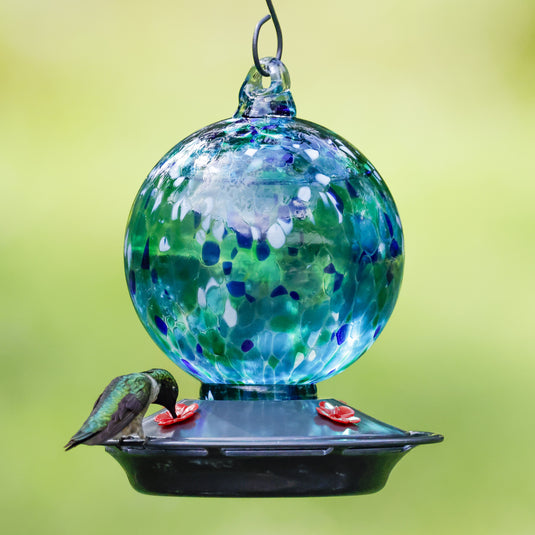
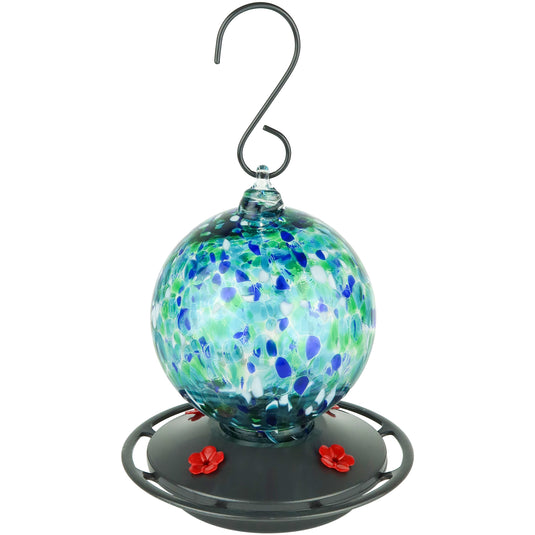


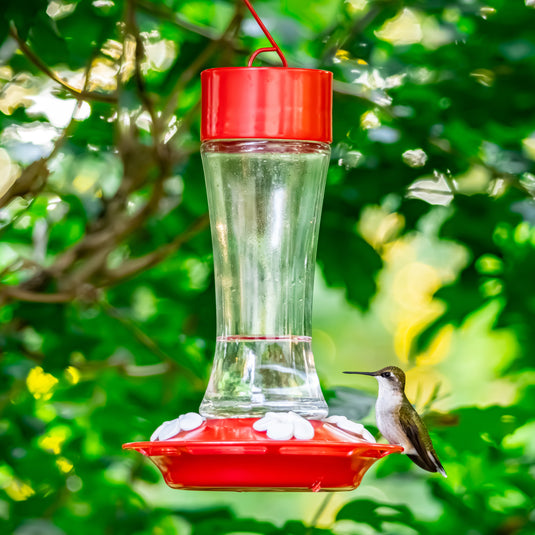
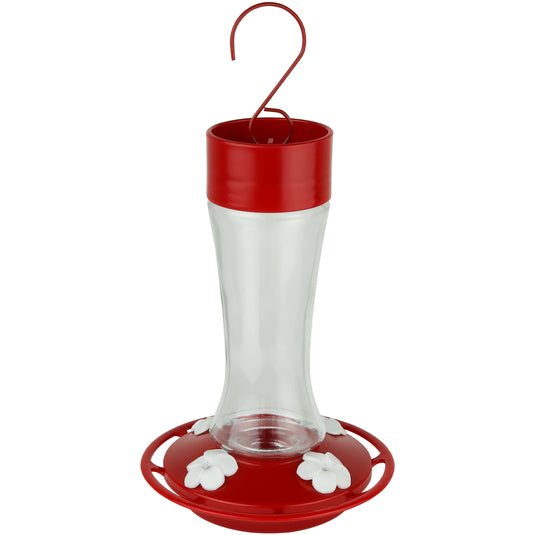
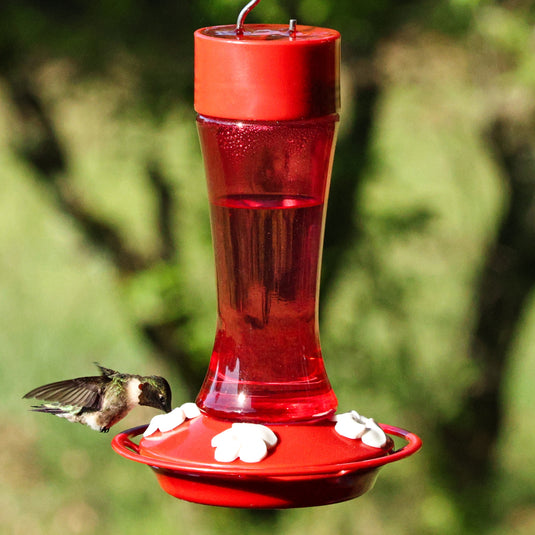
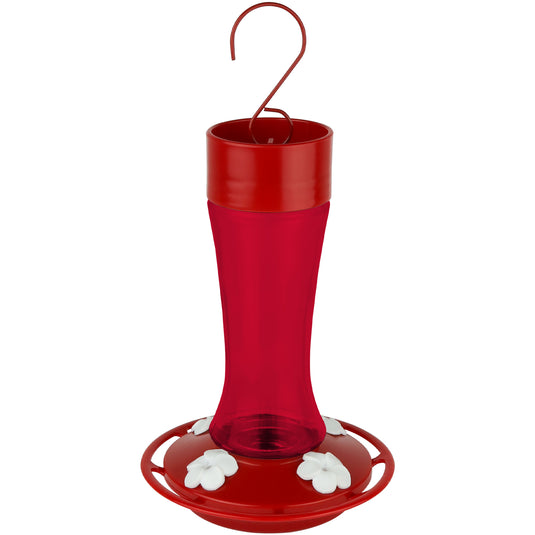
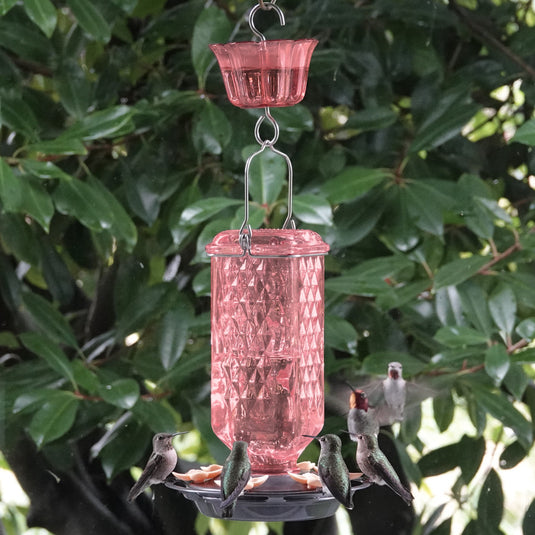
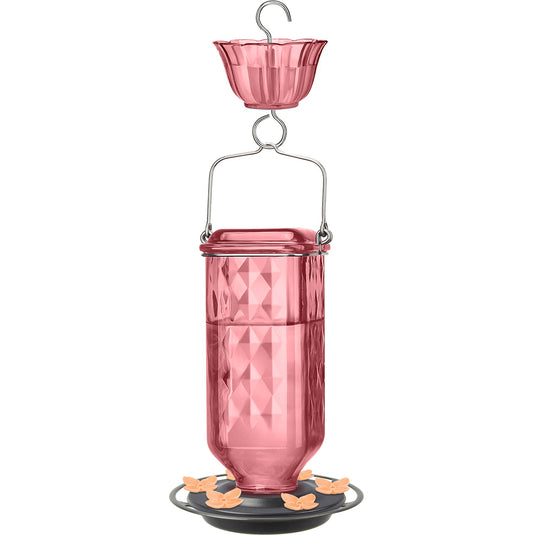
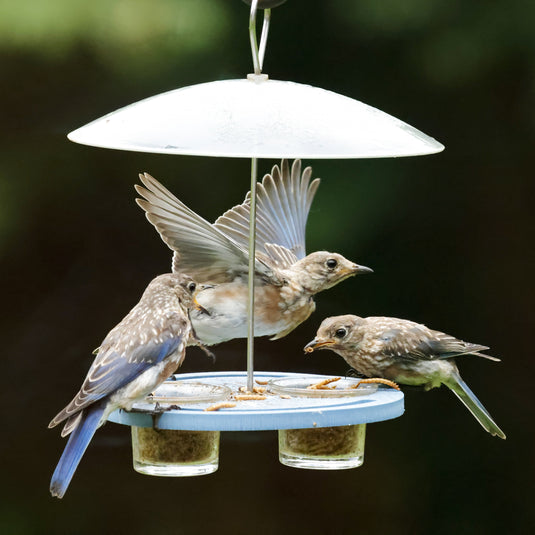
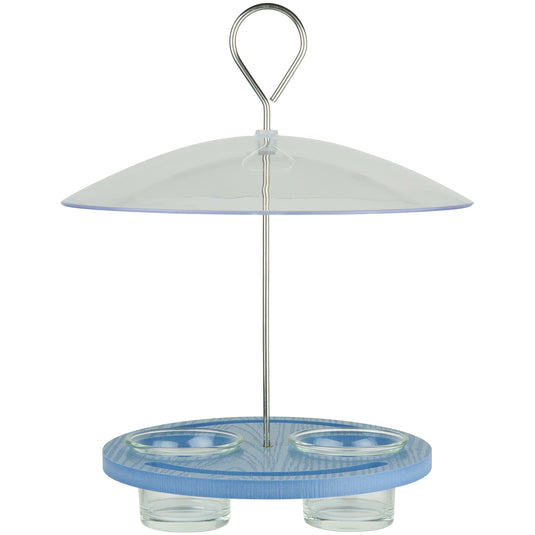
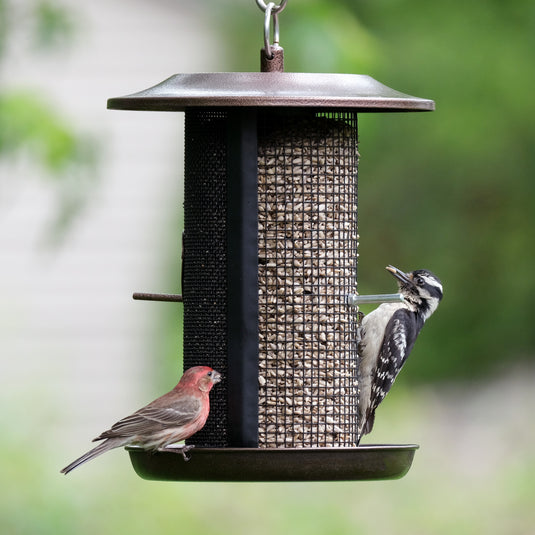
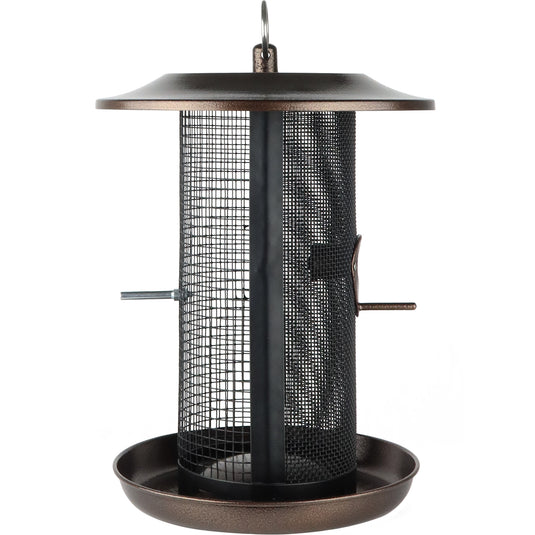
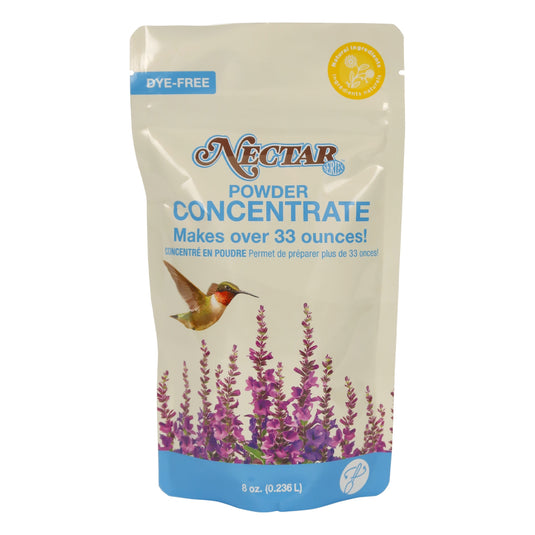
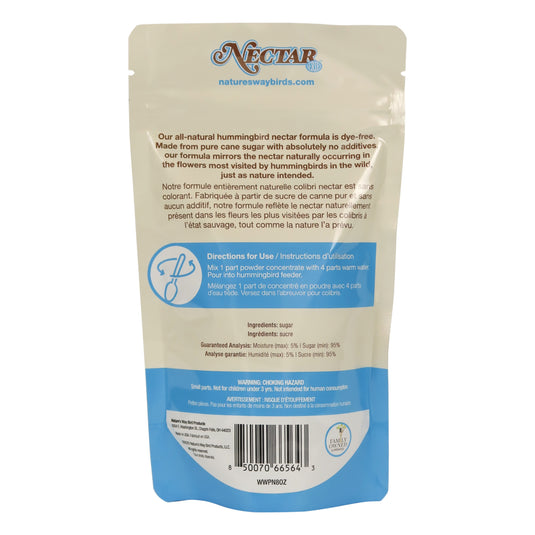
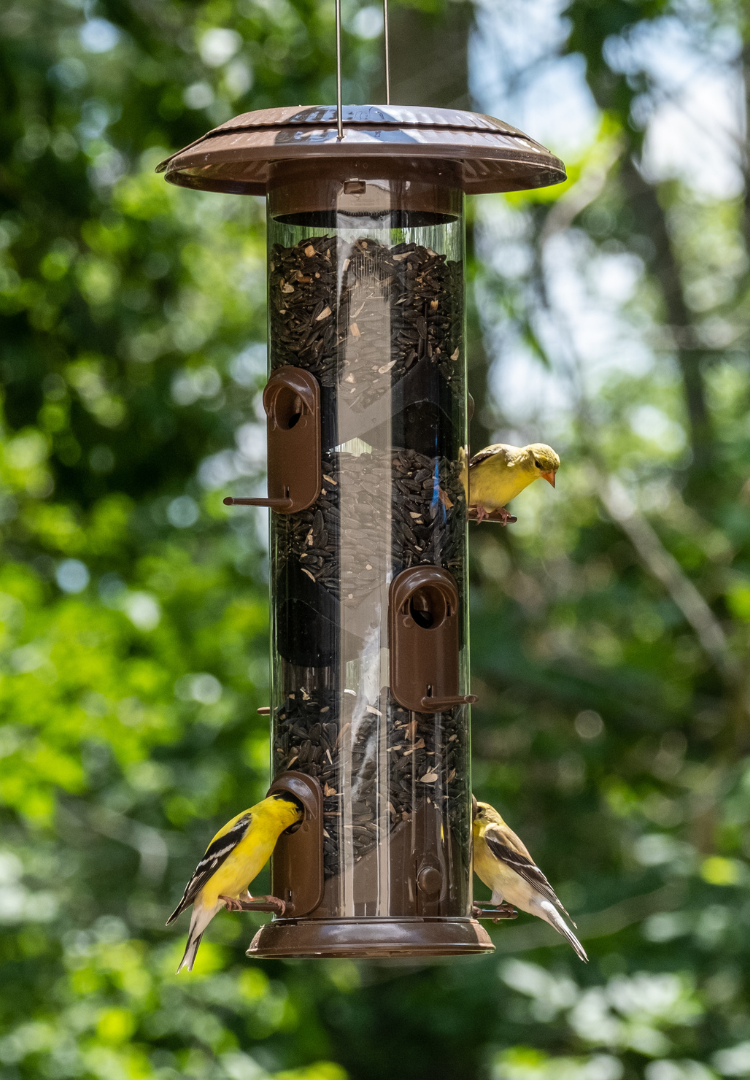
Hi Kimberley,
Thank you for reaching out. Are you referring to the Insight Citizen Science app? If so, I would suggest reaching out to them directly and their website is https://insightcitizenscience.com/ if that helps. Thank you!
Hello!
We purchased this pollinator house by better gardens. I’m trying to download the app and cannot get past the choose organization part. There are none listed to choose from. Can anyone help with this. Thank you.
Hi Diane,
Are these cocoons already in the tubes of your beneficial insect house? If so, we suggest leaving the tubes in your insect house (no need to pull out the bamboo) year-round as being outside in winter mimics the natural environment these insects would encounter. We do caution against putting the house in too warm of an environment as this could cause an early or premature hatch (you don’t want insects hatching in your garage, for example!). If instead you are referring to insects you bought, I would suggest reaching out to where you purchased them as we don’t sell the bees themselves. If you haven’t already visited our blog, check out the entry on beneficial insects HERE as well. All the best!
Setting out my cocoons for the first time this spring. Where do we set the cocoons out for the mason bees to hatch(?),near their new houses or elsewhere?
Hi and thank you for checking in about your Beneficial Insect House! You can actually leave your insect house out year-round as being outside in winter mimics the natural environment these insects would encounter. If there is concern about exposure to extremely harsh elements or predation from birds, the entire house can be brought into an unheated garage or out-building. We do caution against putting the house in too warm of an environment as this could cause an early or premature hatch!!